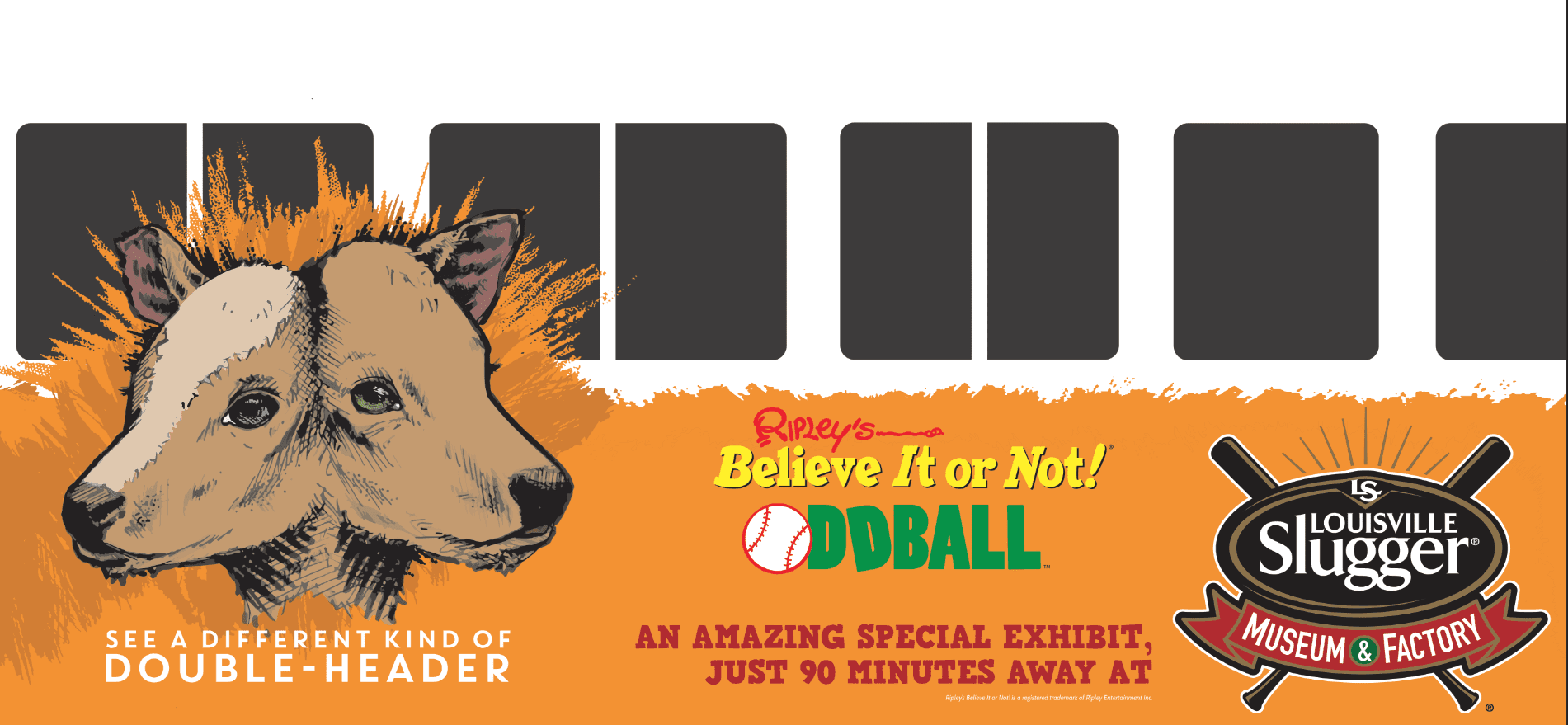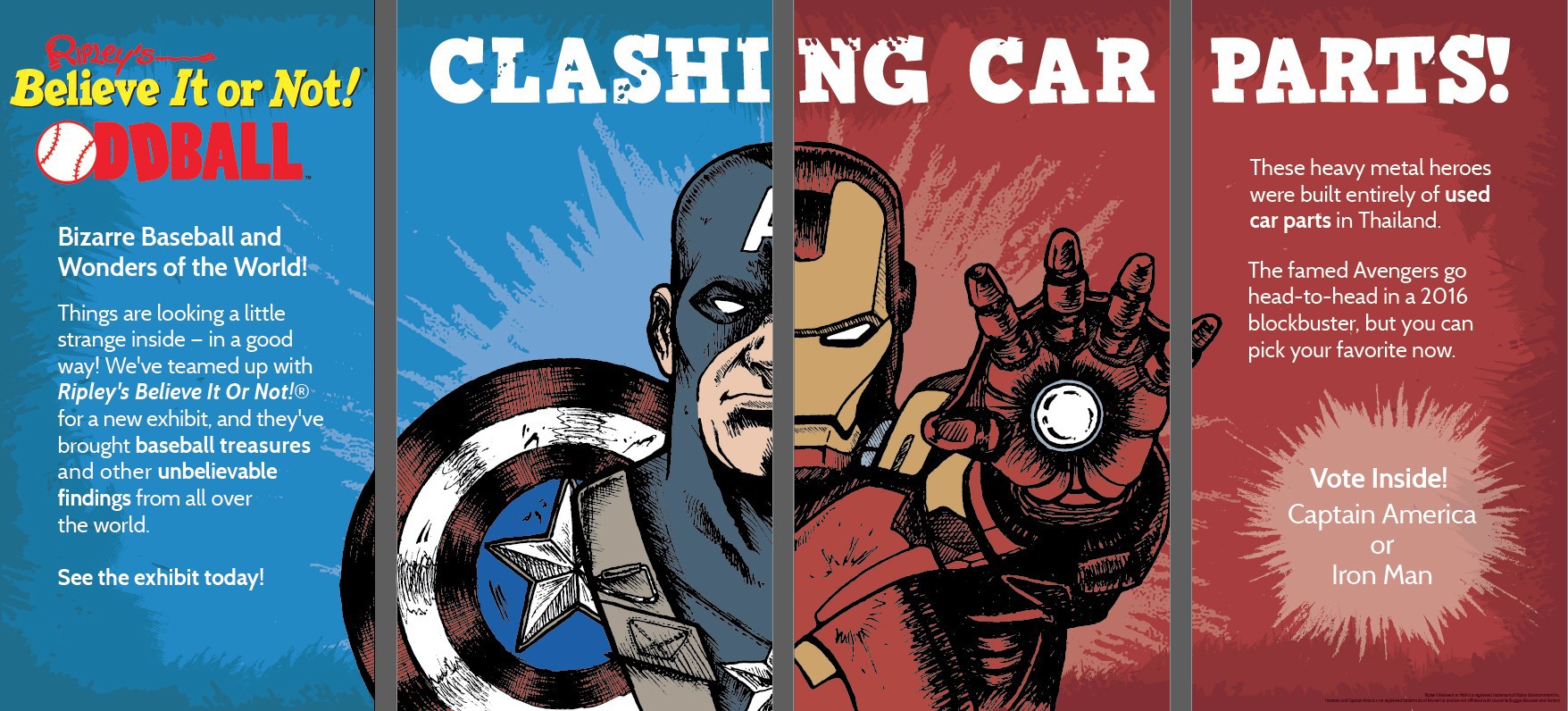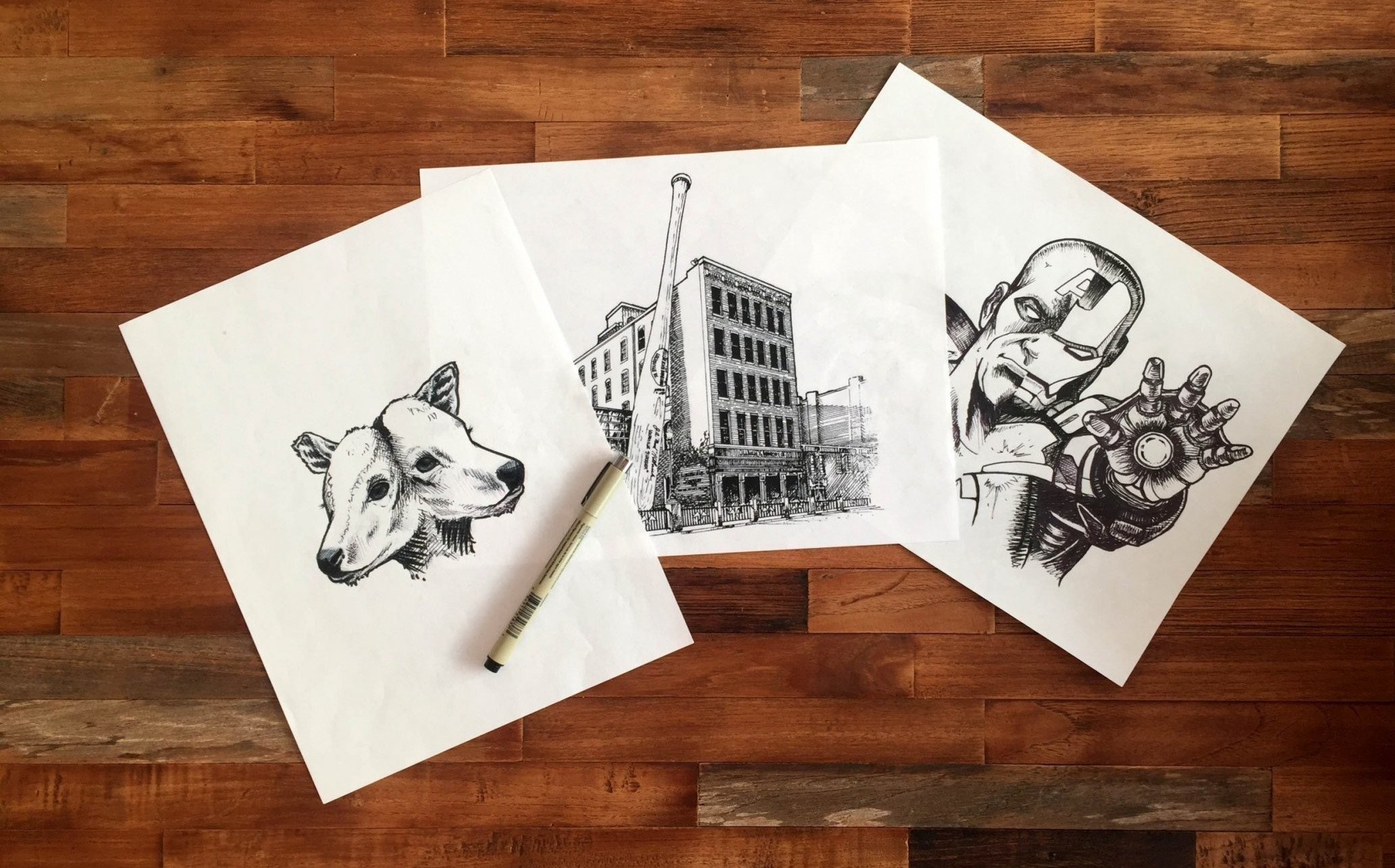There are two common fallacies about “being creative.”
The first misconception is only certain people are “creative.”
It’s simply not true. Most people are not “creative” because they are not brave (or supported) enough to fail. This leads to withholding ideas due to fear, and living in a safe zone of “proven” processes. All of this results in mediocrity every single time.
The second is that creativity can be simply turned on or off, like a light bulb.
While this happens sometimes, in most cases, it’s far from reality. People don’t just walk around our office waiting for ideas to strike them like a bolt of lightning. Likewise, there is no single linear path to a creative solution. Ideas bounce all over the place before finally becoming a slam dunk. It takes the hard work and collaboration of a team to get there.
Being a creative means having the courage to fail. It means taking a risk, because with risk comes reward. And more than anything, being creative means finding unseen solutions.
Our team approaches every job with these philosophies, and there’s no better example of it than our recent launch of Louisville Slugger Museum & Factory’s newest exhibit, Ripley’s Believe It or Not! Oddball. Below are a few real life examples of what it really means to be creative.

It’s Not Just About Great Design & Clever Copy
Our job runs deeper than the visual results of our work. The creativity is not just in the final files, but how we got there. Our team designed the entire Oddball exhibit itself — in partnership with our client, of course — creating everything from the wall graphics to the welcome signs inside the museum. But we did it all without actually seeing the pieces the museum would showcase. We had item descriptions, but few visuals. This worked fine for doing the exhibit’s floor plan and design, but when it came time to create the campaign promoting the exhibit, we had a real challenge on our hands:
How are we going to promote an exhibit when we don’t have any idea what the items showcased look like?
Typically when promoting a destination, you showcase what you’re luring folks to see, right? So how were we going to show people how great Ripley’s Believe It or Not! Oddball would be without actually being able to “show?”

Creating a Safe Space & Empowering the Team
Our team was briefed on the situation, and we all went to work. A day or so later, we circled the wagons, and everyone pitched concepts. And we heard it all — I’m talking about the good, the bad, and especially the ugly. We had several fantastic and really unique ideas about conquering this challenge, and honestly, some pretty bad ones, too. But that’s what I loved about it. The team had no fear in floating an idea to see where it would lead the rest of us.
And that’s how it works around here. There is no easy flip of the switch, and everyone was encouraged to give feedback. In fact, several times team members outside of our Creative Department came to me with ideas on improving the campaign.

The Creative Solution
Now, while creativity isn’t a switch, when we landed on the final idea, there was a moment of “OK, that’s really good.” The idea felt just right: Let’s showcase the exhibit how Robert Ripley would.
So again, we went to work, hand-sketching drawings to match Ripley’s unique style, and creating a sketched look (dubbed as the “Ripley’s sketchies” by the team) that felt familiar to the Ripley brand. We initially chose the iconic two-headed calf as one of the pieces we would bring to life, as well as a few of Ripley’s own baseball drawings, and an old sketch of the Louisville Slugger Museum & Factory. We eventually added Captain America and Iron Man to the list, as we needed a piece to stop people in their tracks in front of the museum, where two large superhero sculptures would live.

With over 1,000 hours logged to this exhibit and campaign, there’s no doubt this was a huge undertaking. But through all of the work, what I’m most proud of is our team members’ ability to come together, speak their minds and ultimately establish a fantastic campaign for our client.
Are some people more creative than others? Sure, absolutely. Can some people come up with ideas on the fly better than others? Of course. But even when ideas “strike” us, there is still so much more work to do with implementation. Creative problem solving, as our team faced with this campaign, is not solely about having brilliant people. You have to have a creative culture that acts as a catalysts for great ideas, as opposed to stifling it with processes.
Below are a few of the campaign's creative pieces our team created. The best, though, is at the exhibit itself, so don't miss a chance to see the Ripley's Believe It or Not! Oddball exhibit at Louisville Slugger Museum & Factory.

